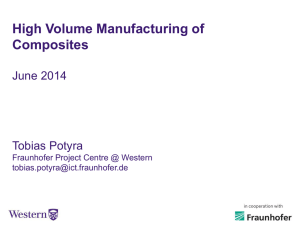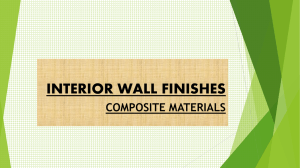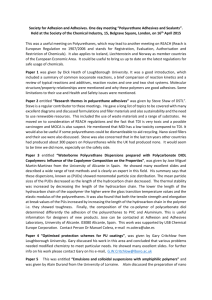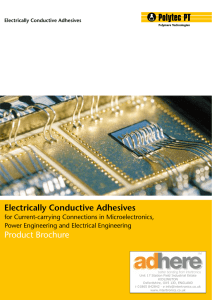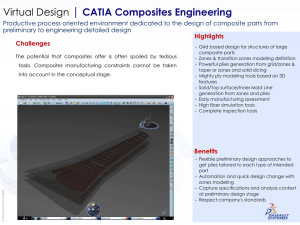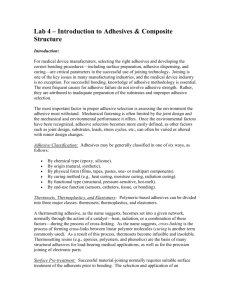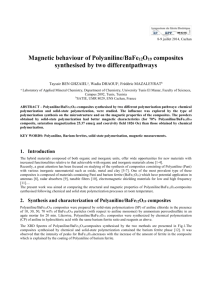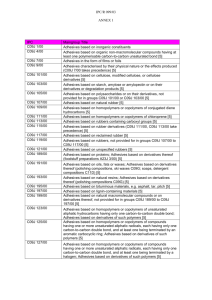Posterior Composites - Clinical Research Dental
advertisement
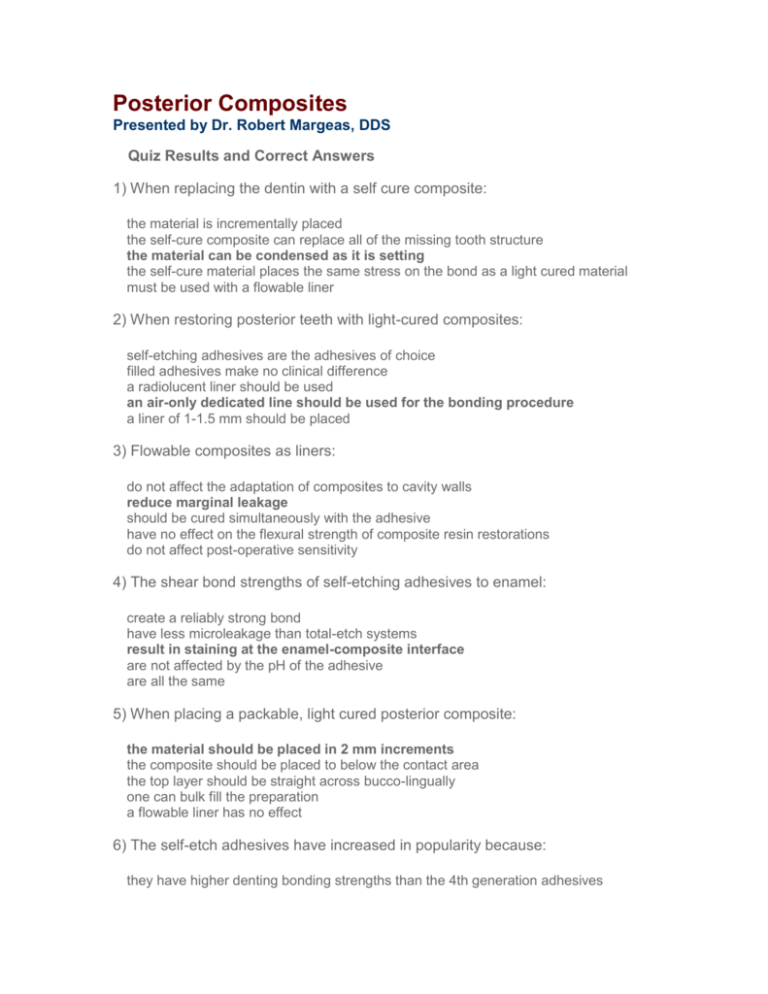
Posterior Composites Presented by Dr. Robert Margeas, DDS Quiz Results and Correct Answers 1) When replacing the dentin with a self cure composite: the material is incrementally placed the self-cure composite can replace all of the missing tooth structure the material can be condensed as it is setting the self-cure material places the same stress on the bond as a light cured material must be used with a flowable liner 2) When restoring posterior teeth with light-cured composites: self-etching adhesives are the adhesives of choice filled adhesives make no clinical difference a radiolucent liner should be used an air-only dedicated line should be used for the bonding procedure a liner of 1-1.5 mm should be placed 3) Flowable composites as liners: do not affect the adaptation of composites to cavity walls reduce marginal leakage should be cured simultaneously with the adhesive have no effect on the flexural strength of composite resin restorations do not affect post-operative sensitivity 4) The shear bond strengths of self-etching adhesives to enamel: create a reliably strong bond have less microleakage than total-etch systems result in staining at the enamel-composite interface are not affected by the pH of the adhesive are all the same 5) When placing a packable, light cured posterior composite: the material should be placed in 2 mm increments the composite should be placed to below the contact area the top layer should be straight across bucco-lingually one can bulk fill the preparation a flowable liner has no effect 6) The self-etch adhesives have increased in popularity because: they have higher denting bonding strengths than the 4th generation adhesives they are universal with all composites the provide a hermetic seal for vital dentin the have lower incidence of post-operative sensitivity all have fewer steps than the fourth generation adhesives 7) Current composite resins: are all the same when it comes to polymerization contraction contract volumetrically 2% to 5% are all light cured react equally at the bonding interface with all adhesives have a system that shows the lowest polymerization contraction 8) C-factor of the cavity design: is the number of unbonded surfaces in the cavity design greatly affects the polymerization stress of the composite is highest in a class V cavity preparation is the lowest in an occlusal preparation has no effect on polymerization contraction stress

